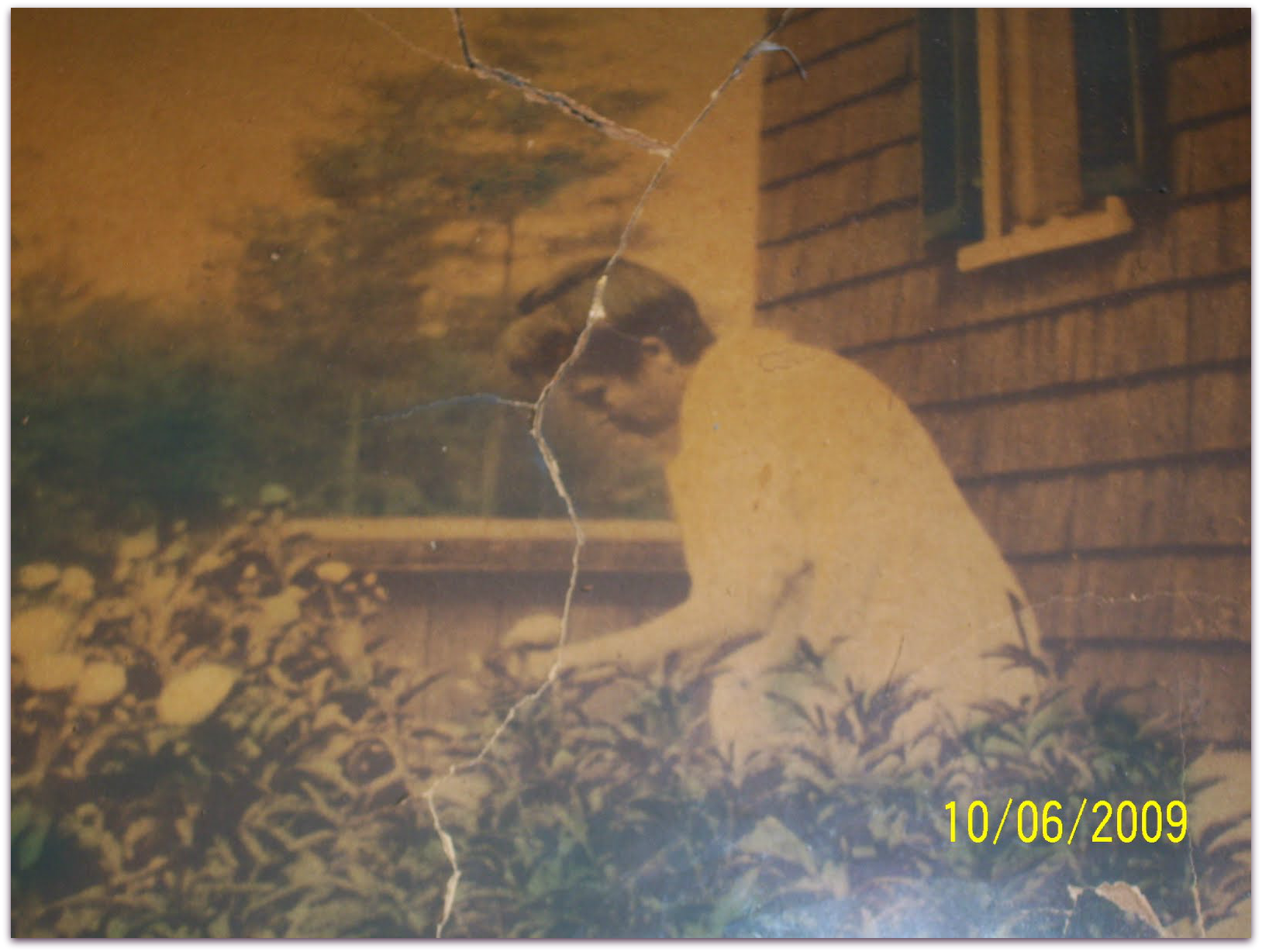As the internet offers us more and more places to connect, it can be tricky to determine who you "ought" to follow on Facebook, Twitter, Instagram, and other platforms. There are many recommendations out there - some that are considered staples of social media/the online community in ...
genealogy techniques
Climbing Your Family Tree
Everyone has different techniques when it comes to genealogical research. My techniques have ranged from setting aside regular time to research to nonexistent (especially after having a baby). Most genealogists utilize a combination of methods to delve into their family history. I'm not referring to ...
Getting Started with Genealogy
I work with someone who asks me a LOT of questions about genealogy - how do I figure out this or that, how do I know how closely DNA matches are connected, and where do I find answers to particular questions? So I thought it might be a good time for a good old-fashioned "how to" post on the first ...
Transcripts vs. Original Records
It seems I'm on a roll with sharing my thoughts in 2020! As it turns out, I'm also on a roll with finding Italian records. You see, I have two "sets" of Italian ancestors, both maternal. My mom's parents each have one Italian parent. And those Italian parents are from completely opposite "ends" of ...
Navigating the FamilySearch Catalog
While we know FamilySearch is one of the best free genealogy resources available, most people aren't making the most of what they have to offer. If you're going to FamilySearch.org and searching from there, let me show you what you're missing out on and how to dig deeper! Start with the Catalog ...
Genealogy Goals
In January of 2019, I put out the declaration that 2019 would be the year I found Great-Great Grandma Emma. After 26 years of searching for her place of birth without luck, that was a pretty bold thing to say. Especially since I did everything wrong in 2019. Here's what we can all learn from my ...





